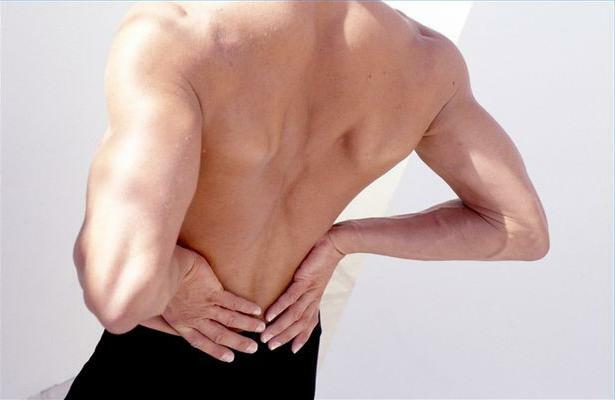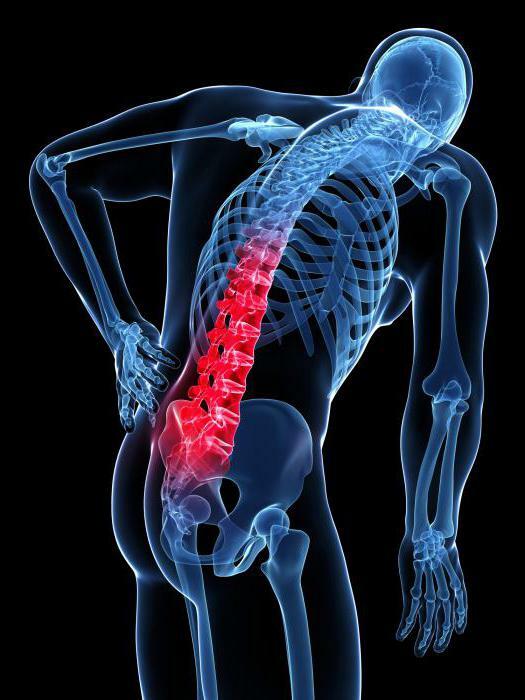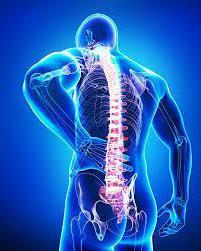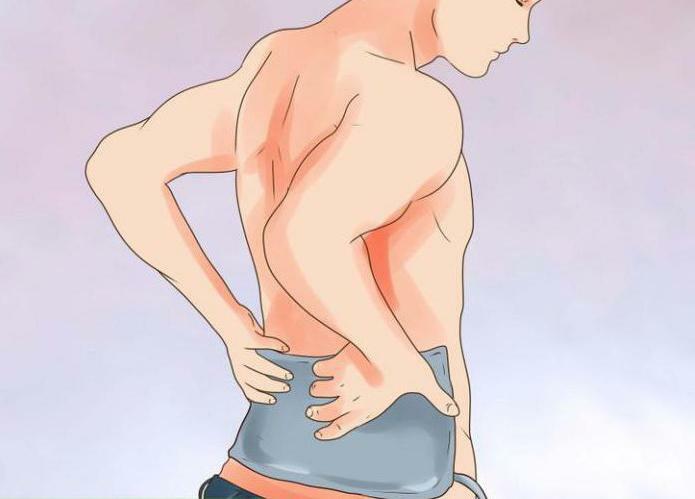Perineural cyst of spine: causes, symptoms and treatment
The perineural cyst is a benign formation that looks very much like a bag filled with fluid. Sometimes there are cysts filled with blood. The main place of their appearance is the spine.
Causes of the onset of
The perineural cyst of the vertebra may appear for several reasons.
These are:
- Hemorrhages.
- Injury of the back and its damage.
- Large load on the spine.
- Inflammatory processes in soft tissues.
- Congenital tissue disorder in the fetus.
They are most often found in the sacral and lumbar spine. The vertebrae of the lower back are L and the vertebrae of the sacrum are S. The number next to the letter indicates the number of the vertebral unit of this department. For example, the perineural cyst at the S3 level indicates that it is located near the third vertebra in the sacral spine. It can be determined by CT.If the doctor says that there is a perineural cyst S2, then this indicates that the neoplasm is located near the second vertebra of the lumbar spine.

Symptoms of
Disease The perineural cyst does not manifest itself in the early stages of development. Symptoms can be noticed only when the disease begins to progress.
The disease can be noticed from the following symptoms:
- Neurological disorders appear.
- There are painful sensations in the area of the cyst arrangement.
- A limit appears in motion.
- There are malfunctions in the vestibular apparatus( balance is lost).
- The spine begins to deform.
- Head and dizziness appear.
- In rare cases, the work of the small pelvis may be disrupted.
- Lameness is possible.
- Sensitivity is broken in some parts of the spine.
- Often there is a sensation of crawling( paresthesia).
If you experience any of the symptoms described above, you should see a doctor immediately. Sometimes perineural cysts can provoke the emergence of very serious diseases that are difficult to treat.

Features of the disease
The perineural cyst has its own developmental features. In most cases, its appearance depends on the congenital diseases of man, which are related to the functions of the vertebral department. With them, spinal nerves can be squashed and very painful. The etiology of the disease shows that the main causes of development of cysts in the lumbar and sacral area are traumas and processes of inflammatory nature. When the size of the lesion becomes more than 2 centimeters, it begins to press on the spinal cord, thus causing the following manifestations:
- Painful sensations, when walking, giving off in the buttocks.
- Discomfort and pain in the abdomen.
- Pain of the head.
- Feet begins to tingle.
- Disturbance in the intestinal tract.
- Feeling of weakness in the legs.

Diagnosis of the disease
When you see a doctor, you need to tell him the complaints and the reasons for your visit. After he listens to you and conducts a primary examination, the doctor will begin the examination. It is usually carried out using instrumental methods. They are used because the X-ray can not recognize such a cyst. Computer diagnostics( CT) and magnetic resonance imaging( MRI) determine cysts and neoplasms. These methods are considered the most informative.
If a person has several cysts, then differential diagnosis is necessary. It will help to find out the causes of the appearance of certain neoplasms. Doctors must check the patient for signs of Bechterew's syndrome and Parkinson's disease. During the determination they use electroneuromyography, it allows to determine the presence or absence of spinal cord root damage. Failures in his work are the cause of the appearance of pain. Unfortunately, there is not always an opportunity to determine the disease in time, most often it happens on a later date.
Ultrasonic examination( ultrasound) and cancer cell detection( biopsy) are also often used to detect the disease. They will help to eliminate the formation of malignant tumors. If they are found, then immediate surgical intervention is required.

Therapy
Treatment of perineural cysts is carried out in several ways.
These include:
- Medication method.
- Surgical method.
The choice of treatment depends on the size of the cyst. If it does not exceed 2 centimeters, then conservative treatment with medications is used.

Drug therapy
This method is very similar to the treatment of osteochondrosis. Used anti-inflammatory drugs and physiotherapy. When detecting tumors, treatment with physiotherapy is strictly prohibited. Therefore, before the treatment it is necessary to pass all the examinations, appointed by the doctor. When taking medicines, you must strictly follow the doctor's recommendations, and it is not recommended to interrupt therapy without the doctor's permission.

Surgical procedure
The operation is performed only with a cyst size of more than 2 centimeters, when it provokes the appearance of disorders of the internal organs. The essence of the treatment consists in the fact that the cysts are pumped out all the contents with a special device, and afterwards a special liquid is pumped into it that glues its walls. This helps prevent the recurrence and filling of the cyst.
However, the operation involves certain risks.
These include:
- Impaired integrity and performance of the spinal cord.
- Spikes may appear.
- Possible development of meningitis postoperative.
Also in rare cases a new perineural cyst may be formed, which will be located next to the remote one. To avoid this, it is necessary to undergo treatment after the operation. It will be held when you are in a medical facility under the supervision of a doctor. In rare cases, it is allowed to continue the house under the supervision of a specialist from the polyclinic.
A perineural cyst on the spine in the lumbar or sacral region delivers pain and discomfort to a person. Also, some functions of the body are disturbed. For example, if the cyst transmits nerves near the spine, then sensitivity may disappear. If you find symptoms and manifestations of the disease, you should immediately contact a specialist for help. The doctor will conduct all the examinations and establish a diagnosis, after which he will prescribe the treatment. Doing self-treatment is forbidden and dangerous!
